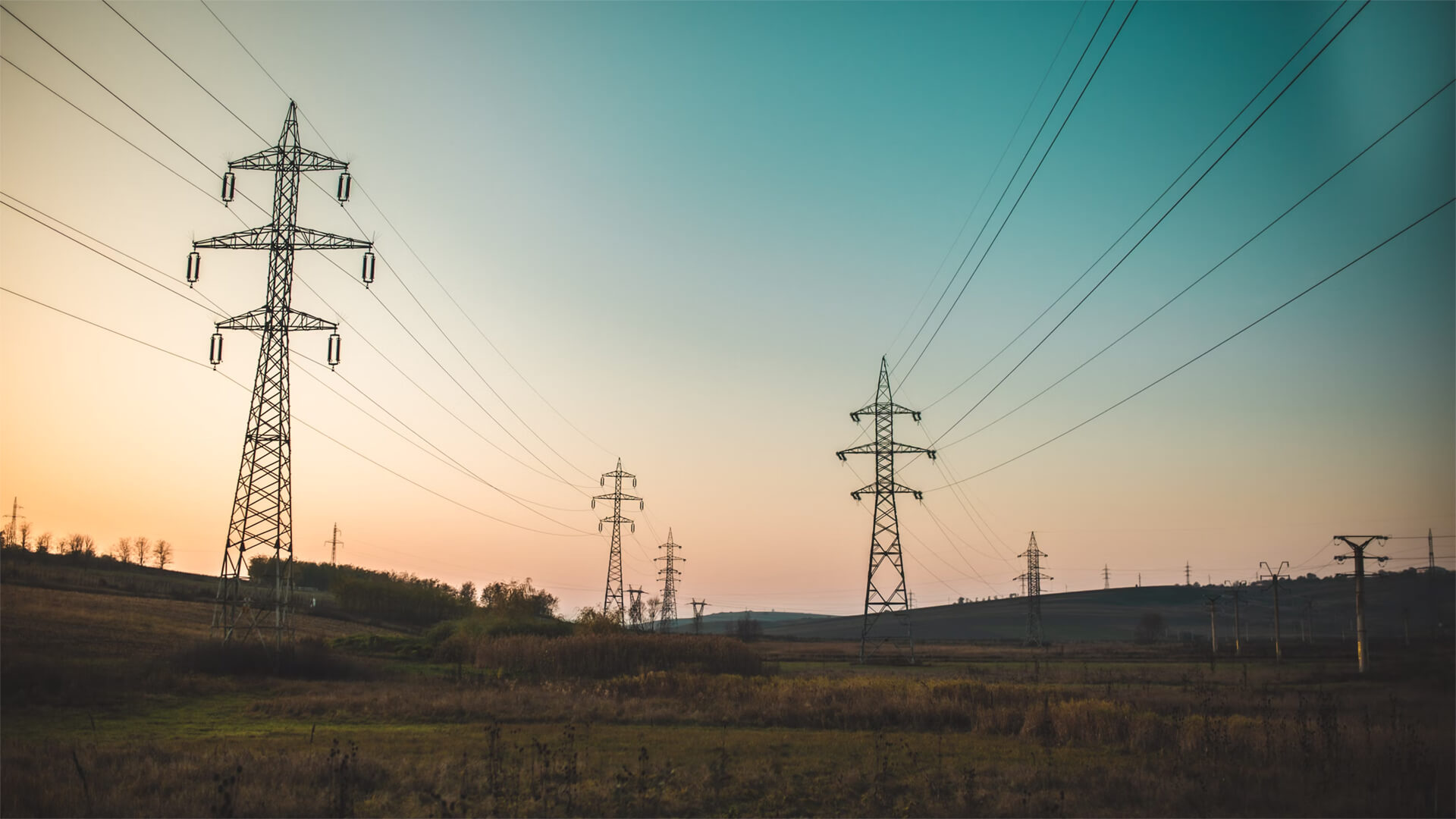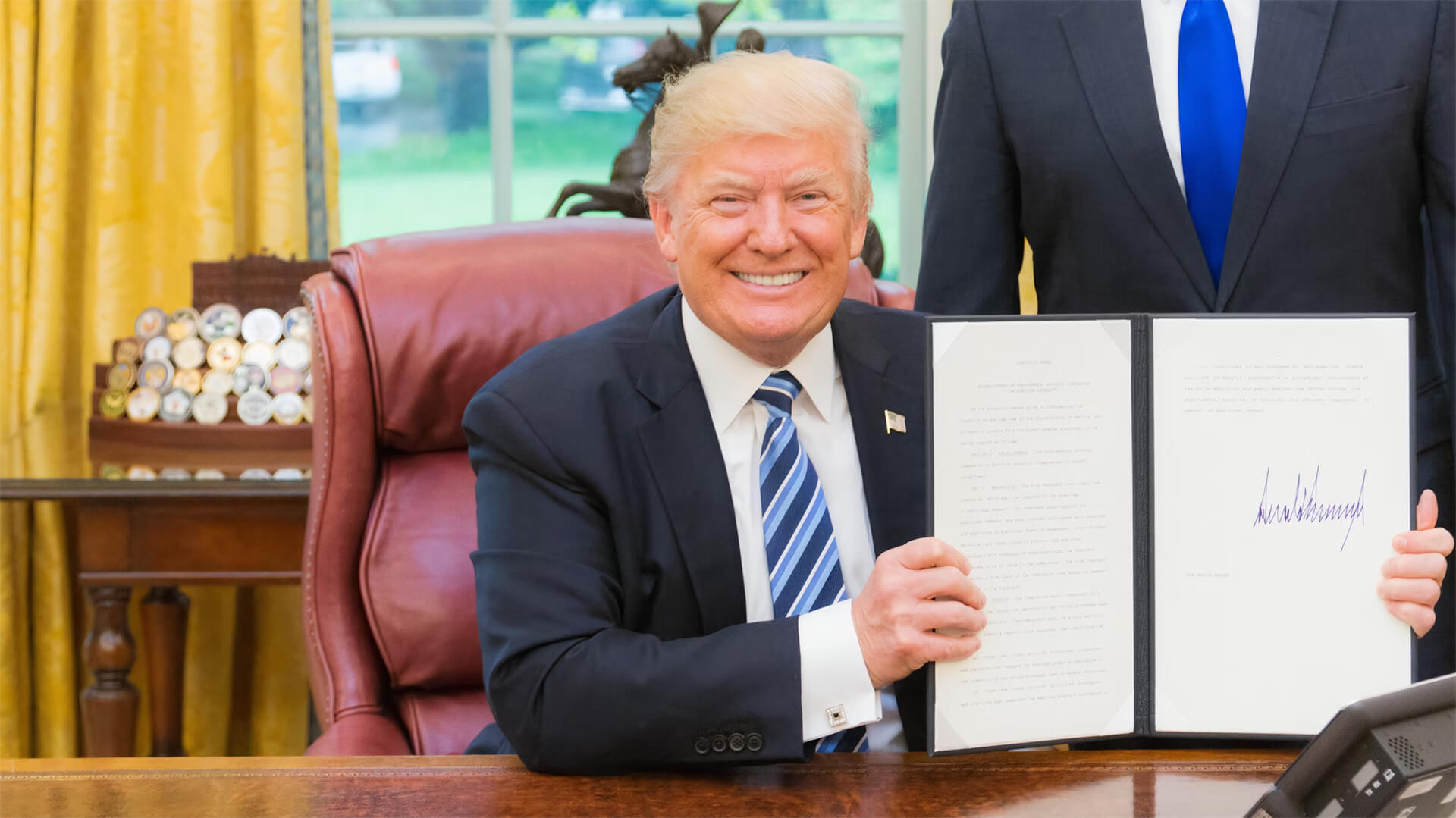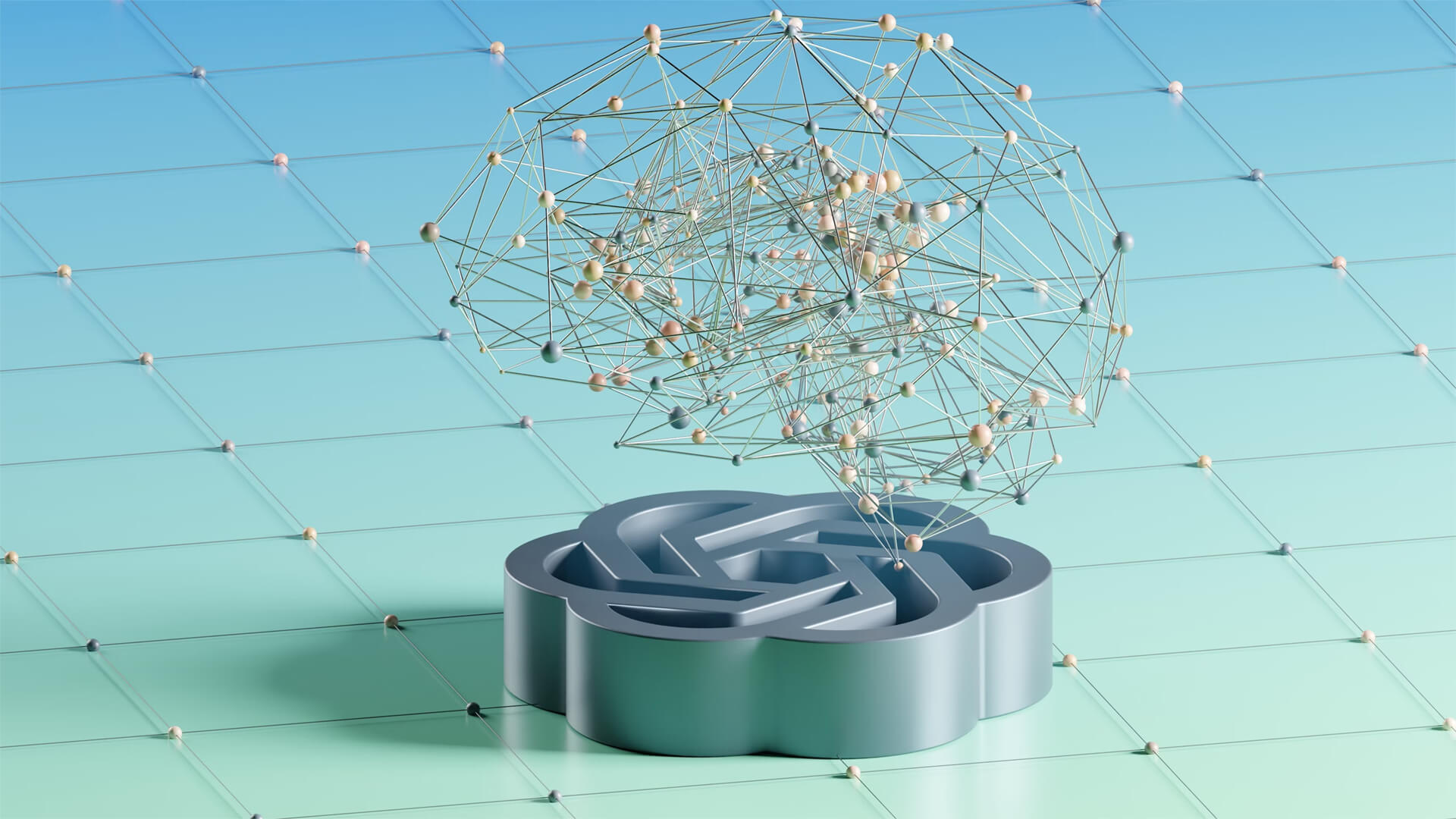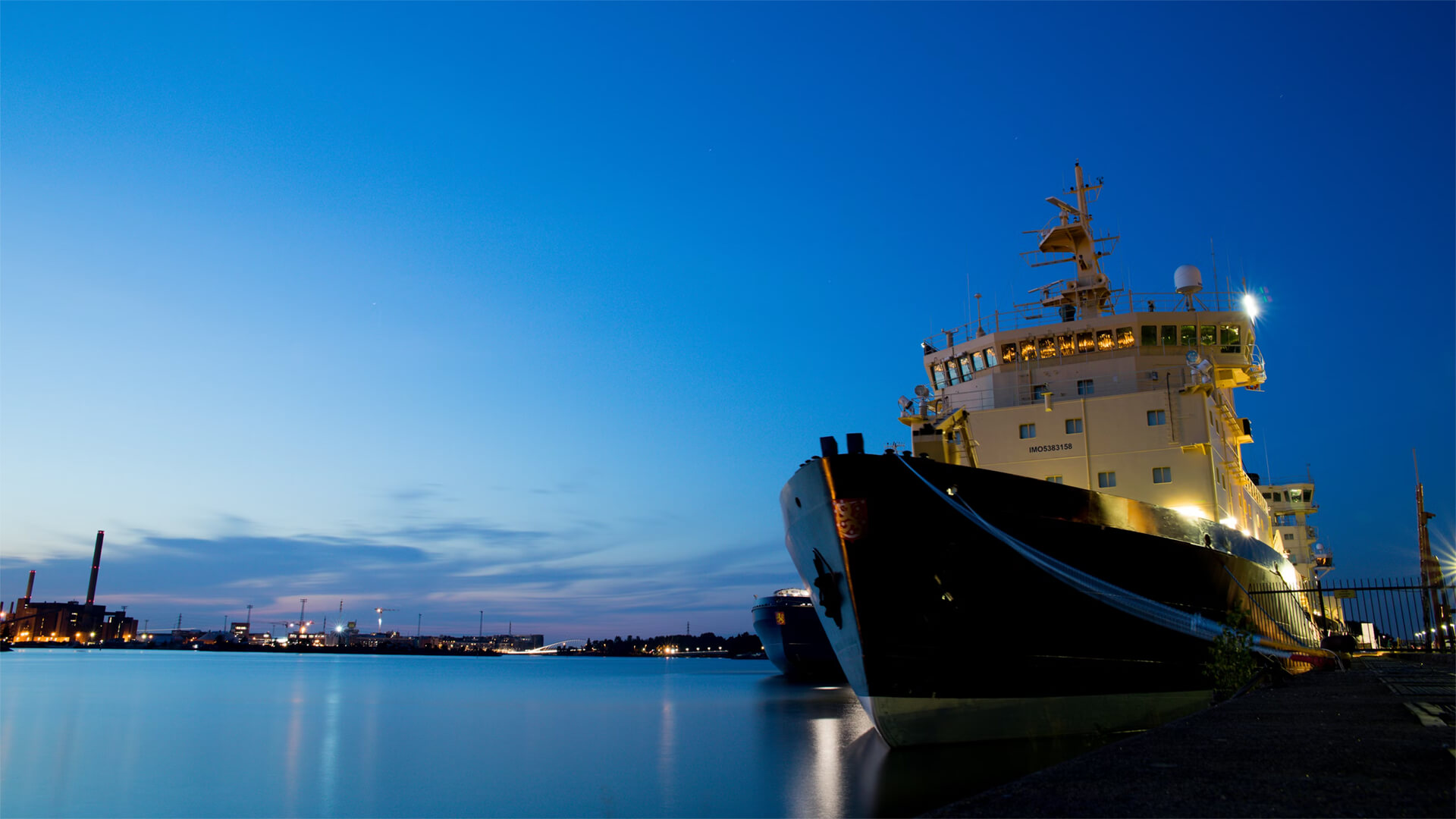That innate sense of independence that every Texan comes out of the womb with has also made its way into the energy sector. With an isolated grid managed by ERCOT, Texas has found itself in an energy pickle of its own.
Since the Texas grid stands alone and the capacity market disincentivizes peaker plants from being built, it’s more vulnerable to certain things like natural disasters that cause prolonged outages or fluctuating weather patterns and high temps which intensify energy demands.
The big concern is that energy demands in Texas are expanding…rapidly. To sustain the industrial expansion and population growth, the Texans might have to do something that goes against every fiber in their being: accepting federal regulation to help connect their grid to neighboring states’ grids.
Here at Zeihan on Geopolitics, our chosen charity partner is MedShare. They provide emergency medical services to communities in need, with a very heavy emphasis on locations facing acute crises. Medshare operates right in the thick of it, so we can be sure that every cent of our donation is not simply going directly to where help is needed most, but our donations serve as a force multiplier for a system already in existence.
For those who would like to donate directly to MedShare or to learn more about their efforts, you can click this link.
Transcript
Hey everybody. Peter Zeihan here. Coming to you from the Austin airport. Yesterday we talked about how California has found the new in a unique way to increase their energy insecurity, along with increasing prices. And today, it’s time to talk about the same topic in Texas. We’re going to go with an electricity story today. There are three kind of mega grids in the United States.
One that kind of roughly, cuts down in front of the rocky line separating east from west. And then something called Ercot, which is Texas’s electricity reliability, group, which is basically just Texas. And Texas has its own grid because it has a different, philosophy when it comes to regulation from most others, which is a fancy way of saying they like as little as possible.
But that doesn’t necessarily mean that they have no regulation, and that doesn’t necessarily mean their approach is working. One of the big things we’ve seen in Texas in recent months and years was there’s not a lot of depth or durability to the system, because unless there’s a very clear economic rationale for doing something on a day by day basis, it typically isn’t done because there aren’t going to be regulations about how long power can be off line for maintenance or redundancy in case of a storm.
And Texas is a Gulf Coast country. And so when a hurricane comes through like one did earlier this year and hit Houston, power is out for 2 to 3 weeks over much of the city. They have a much bigger problem coming up just around the corner now. There’s something called a capacity market in Texas and regulations have been around for a while.
Basically dissuade people from adding power to the grid unless that power is going to be used all the time. So there’s a little bit of an ideological slant here. The idea being that solar never works at night. So if you can’t pass on the cost to the end user because it can only be used half the time, can only pass on part of the cost, then maybe won’t.
We won’t get as much solar. Solar is doing just fine in Texas, especially out west where it’s just a brilliant economic model. But this capacity market restriction has also restricted the Texans from building what are called peaker plants. Every day there’s a certain pattern where power is in higher or lower demand. And the smart people in the electricity market have figured out a way to ramp up production for those times.
As a rule. And it’s going to vary location by location, season to season. Peak demand tends to be between 6 and 9 p.m. at night, when people are coming home and getting dinner and watching TV, and then it tends to drop off a cliff around 10:00 am and doesn’t pick back up until people are waking up around 6 a.m. the next day.
Well, in Texas, because of this capacity market thing, they don’t get a lot of plants to generate power specifically for those windows. And I don’t know if you’ve been to Texas, but it’s a hot place. And so when you have peak demand from 6 to 9 p.m., everyone’s running their AC full bore and the peak is much stronger.
You add in the erratic nature of weather in Texas, whether it’s the great Plains or the Gulf Coast or the interaction in between, and they have the most extreme variations between low and high. So if anyone needs a lot of speakers, it’s going to be Texas. But the capacity market actually dissuades people from building those. So we are now in a situation where Texas has had 35 years of incredible industrial and population growth, and considering what needs to be done over the next few years, the industrial growth really needs to continue.
But there’s not enough electricity to power it, and the capacity market is now getting in the way. So we’re probably going to get a Texas two step of outcomes here. Number one, the Texans are going to have a series of rolling brown and blackouts as the power system fails. It’s just not stable. And then second, the Texans will probably be asking the federal government to dissolve the seam that separates Ercot from the rest of the country in order to import huge amounts of power from neighboring states.
And in doing so, they’re going to have to subject themselves to at least some degree of regulation from the federal government. The alternative is rolling brown and blackouts and the failure of the Texas industrial expansion model. So basically, the Texans are going to do something they really don’t want to do. They’re going to have to ask for help from… Oklahoma.











